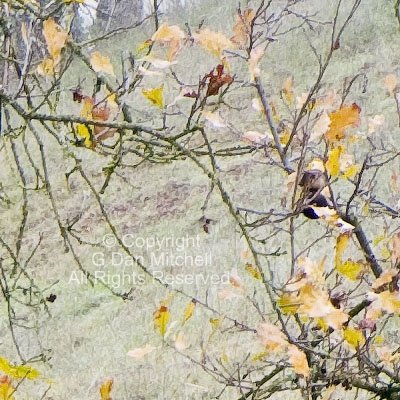I shoot with a Canon 5D. It is a really fine camera for my purposes, and after a couple of years of fairly substantial usage it is still working quite well.
Canon recently introduced the 5D2, which appears to be a very fine upgrade to the 5D line in pretty much every important way that we could expect in a camera sold at this price point: 21 MP sensor, a high quality video mode, dust reduction features, bigger and better monitor, and so on.
I’ll almost certainly get one… in due time. I resolved to not be an early adopter of the new camera, for several reasons. Early adopters typically pay list price of more for their cameras. To the extent that some glitches are not always discovered in pre-release testing, it is not uncommon for the first production run to have a few “issues.” And, most important, my current camera works really, really well. The 5D2 could, indeed, be “better” in some ways, but not so much better that I must rush out and replace it immediately.
But now that the 5D2 seems to be reaching the retailers in larger numbers, I’m starting to see interesting deals. For example I saw a couple for $2700 that included immediate availability and free shipping. I saw another legitimate price that was even lower. There have been a couple of deals on the 5D2 bundled with the EF 24-105mm f/4 L. (Those won’t appeal to me since I already own that lens.)
Note to self: Be strong, Dan. :-)
If you are ready to buy your 5D2, you can purchase this product from B&H Photo via this link and help support this web site – thanks!
G Dan Mitchell is a California photographer and visual opportunist. His book, “California’s Fall Color: A Photographer’s Guide to Autumn in the Sierra” (Heyday Books) is available directly from him.
G Dan Mitchell: Blog | Bluesky | Mastodon | Substack Notes | Flickr | Email
All media © Copyright G Dan Mitchell and others as indicated. Any use requires advance permission from G Dan Mitchell.

